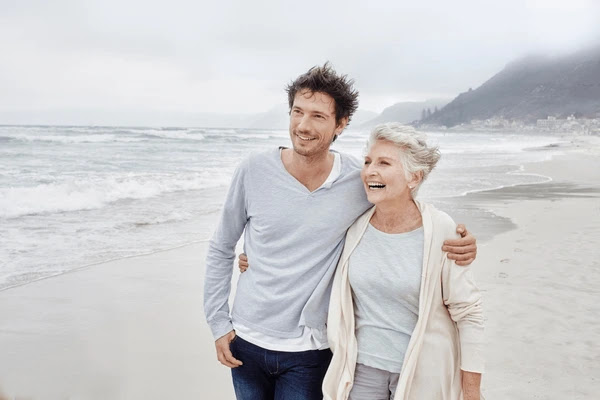(( In today's world, where environmental ))
concerns and the need for sustainable living have become more pressing, various ways to conserve resources are often considered. Water conservation in particular has led many families to adopt creative strategies to reduce their use. However, the practice of parents bathing with an older child to save water raises many questions about social norms, privacy, and psychological development. # Understanding the context Bathing together to save water is not a new concept. In many cultures, families have historically shared bathwater due to limited resources or economic reasons. This practice can be seen in various forms around the world, especially in areas where water scarcity is a serious issue. The logic behind it is simple: fewer baths means less water use, which is beneficial both economically and environmentally. # Psychological and Social Perspectives However, as children grow older, the dynamics of shared bathing can become complex. Privacy and personal boundaries become important considerations. The concept of normality in this context is subjective and heavily influenced by cultural, social, and family norms. 1. **Age and Development:** As children enter adolescence and adolescence, their need for privacy increases. They begin to develop a stronger sense of self and body autonomy. Shared bathing, which may have been acceptable at a younger age, may become uncomfortable or even distressing. It is important for parents to recognize these developmental milestones and adapt accordingly. 2. **Cultural Norms:** In some cultures, group bathing is an accepted norm regardless of age. For example, in Japanese culture, it is common for family members to bathe together. However, these practices are generally rooted in deep cultural traditions and come with established social understandings. In other cultures, individual bathing is the norm, and shared bathing may be considered unusual or inappropriate after a certain age. 3. **Communication and consent:** The key to addressing this issue lies in open communication. Children should feel comfortable expressing their feelings about shared bathing. Parents should listen and respect their child's growing need for privacy. Consent is important, and any activity that makes a child uncomfortable should be reconsidered.
(( # Alternatives to water conservation ))
Although the purpose behind shared bathing may be to conserve water, there are alternative ways that can achieve the same goal without compromising personal boundaries: 1. **Shorter showers:** Encourage family members to take shorter showers. Using a timer can help keep showers brief and efficient. 2. **Water-saving fixtures:** Install low-flow showerheads and faucets to reduce water usage without affecting the quality of the shower experience. 3. **Reuse water:** Collect and reuse greywater for purposes such as flushing the toilet or watering plants. This can significantly in reduce overall water consumption. 4. **Conscious use:** Simple habits such as turning off the tap while brushing teeth or shaving can save a considerable amount of water over time. # Address concerns If a child feels uncomfortable with the practice of shared bathing, it is important to address these concerns immediately. Here are some in steps you can take: 1. **Have a conversation:** Sit down with your child and discuss their feelings about shared bathing. Be open and non-critical, and reassure them that their comfort and privacy are important. 2. **Find alternatives together:** Consider other ways to conserve water that do not involve shared bathing. This collaborative approach can help the child feel heard and respected. 3. **Respect boundaries:** If the child expresses a desire for more privacy, respect their wishes and find a solution that meets their need for personal space. 4. **Consult a professional:** If the situation causes too much distress or conflict, consider consulting a child psychologist or counselor. They can provide guidance on how to handle the situation in a way that supports the child’s emotional well-being.
(( # Conclusion ))
In summary, while parents’ intentions behind bathing with an older child to save water may stem from environmental and economic considerations, it is important to balance these intentions with the child’s developmental needs and comfort. Understanding cultural norms, promoting open communication, and exploring alternative water-saving methods can help create a harmonious family environment where everyone’s needs are respected.
visit my another website -->>> Enjoy delhi with High Profile



No comments:
Post a Comment